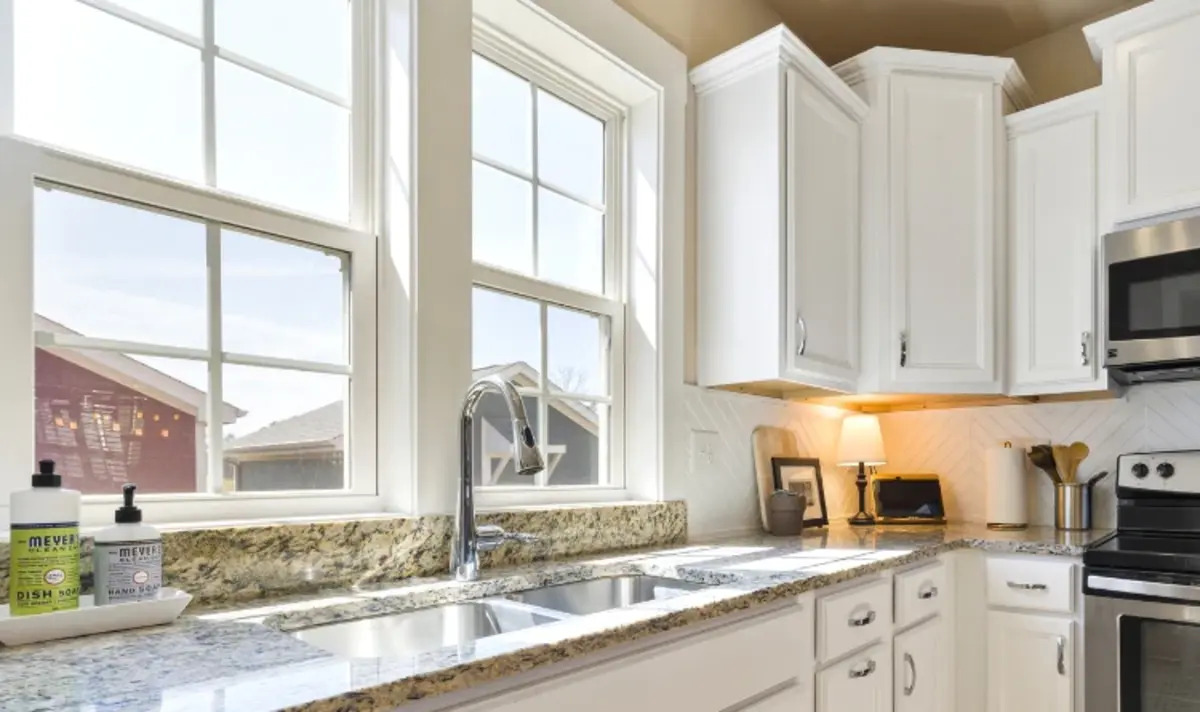

Articles
What To Do If You Don’t Have A Range Hood
Modified: October 30, 2024
Discover helpful articles on what to do if you don't have a range hood, from expert insights to practical tips. Find solutions to improve your kitchen ventilation and cooking experience.
(Many of the links in this article redirect to a specific reviewed product. Your purchase of these products through affiliate links helps to generate commission for Storables.com, at no extra cost. Learn more)
Introduction
A range hood is an essential appliance in any kitchen, as it plays a crucial role in keeping the air clean and removing smoke, odors, and grease that are generated during cooking. However, not all kitchens are equipped with a range hood. Whether you’re renting an apartment without one or remodeling your kitchen and haven’t installed a range hood yet, not having this appliance can pose some challenges. But fear not! There are alternative solutions that can help you maintain a clean and fresh kitchen environment without a traditional range hood.
In this article, we will explore some practical options to consider if you don’t have a range hood. From over-the-range microwaves with built-in exhaust fans to ductless range hoods and portable alternatives, we will discuss various ways to improve ventilation in your kitchen and remove unwanted odors and smoke. Additionally, we’ll suggest natural ventilation methods and the usage of air purifiers specifically designed for kitchens. By the end of this article, you’ll have a range of solutions to choose from and will be better equipped to create a more pleasant cooking experience in your kitchen.
Key Takeaways:
- Alternative solutions such as over-the-range microwaves, ductless range hoods, and portable options provide effective ways to maintain a clean and fresh kitchen environment without a traditional range hood.
- Natural ventilation, cooking outside, and kitchen air purifiers offer practical and accessible methods to improve air quality and create a more pleasant cooking experience in the absence of a range hood.
Read more: What To Use When You Dont Have A Screwdriver
Why Having a Range Hood is Important
A range hood is not just a decorative feature in your kitchen; it serves a vital purpose in maintaining a clean and healthy cooking environment. Here are some reasons why having a range hood is important:
- Removal of smoke and odors: When you cook, especially when using high heat or frying, smoke and strong odors can quickly fill the air. A range hood with an exhaust fan will efficiently remove these unpleasant elements, ensuring that your kitchen remains fresh and clean.
- Elimination of harmful gases: Cooking produces gases like carbon monoxide and nitrogen dioxide, which can be harmful if inhaled in high concentrations. A range hood helps to minimize the concentration of these gases by pulling them out of the air and venting them outside.
- Reduction of airborne particles: Cooking activities release fine particles into the air that can settle on surfaces and even be inhaled. A range hood traps these particles, preventing them from spreading throughout your kitchen and improving indoor air quality.
- Prevention of grease buildup: Over time, cooking without a range hood can lead to a buildup of grease on your walls, cabinets, and even the ceiling. This not only creates a greasy mess but can also pose a fire hazard. A range hood efficiently captures grease particles before they have a chance to accumulate, reducing cleaning efforts and fire risks.
Having a range hood is particularly important for those who live in apartments or homes without adequate ventilation systems. It helps to maintain a clean and healthy kitchen environment, ensuring that you and your family are breathing in fresh air while cooking.
Now that we understand the importance of having a range hood, let’s explore some alternative solutions that can provide similar benefits, even if you don’t have a traditional range hood installed in your kitchen.
Alternatives to a Traditional Range Hood
If you don’t have a traditional range hood in your kitchen, don’t worry – there are several alternative options available that can help you achieve similar results. Here are some alternatives to consider:
1. Use an Over-the-Range Microwave with Exhaust Fan
One popular alternative is to install an over-the-range microwave with a built-in exhaust fan. These appliances not only provide a convenient microwave for cooking or heating food but also have exhaust fans that can effectively remove smoke, odors, and steam from your kitchen. Make sure to choose a model with a powerful fan and proper venting to ensure optimal ventilation.
2. Install a Ductless Range Hood
If installing ductwork for a traditional range hood is not possible, a ductless range hood is another option to consider. It utilizes a combination of charcoal filters and recirculation to remove odors and smoke from the air. While it may not be as effective in removing airborne particles and grease as a ducted range hood, it can still improve kitchen ventilation and maintain a fresher environment.
Read more: Why Do You Need A Range Hood
3. Use a Portable Range Hood
A portable range hood is a versatile option that can be moved and used wherever it’s needed. These compact hoods typically have built-in filters and fans to capture and remove pollutants from the air. They are a great solution for those who don’t want to make permanent modifications to their kitchen or need a range hood for temporary cooking setups, such as outdoor kitchens or camping.
4. Utilize Natural Ventilation
Take advantage of natural ventilation by opening windows and doors while cooking. This allows fresh air to circulate in the kitchen and helps to expel odors and smoke. It’s especially effective if you have screens on your windows to prevent insects from entering. Additionally, positioning fans near windows can help create a draft and improve the airflow in your kitchen.
5. Cook Outside or Open Windows While Cooking
If weather permits or your cooking method allows for it, consider cooking outside on a grill or portable stove. This can help to minimize smoke, odors, and grease buildup inside your kitchen. Alternatively, when cooking indoors, open windows and use exhaust fans in other areas of your home to create cross ventilation and prevent the accumulation of cooking fumes.
6. Employ Kitchen Air Purifiers
Investing in a kitchen air purifier can be an effective way to remove airborne particles, smoke, and odors from your cooking space. Look for purifiers with activated carbon filters that specifically target cooking-related pollutants. While an air purifier cannot replace the benefits of a range hood entirely, it can certainly enhance your kitchen’s air quality.
With these alternatives at your disposal, you can improve ventilation and maintain a clean kitchen environment, even without a traditional range hood. Choose the option that best suits your needs and budget, and enjoy a fresher cooking experience.
Read more: What Is A Range Hood
Use an Over-the-Range Microwave with Exhaust Fan
An over-the-range microwave with an exhaust fan is a practical solution for those who want to combine the functionality of a microwave with the benefits of a range hood. This appliance not only saves space in your kitchen but also offers the convenience of a built-in exhaust fan to remove smoke, odors, and steam generated during cooking.
When selecting an over-the-range microwave, look for a model with a powerful exhaust fan and proper venting capabilities. The fan should have multiple speed settings to accommodate different cooking needs. The microwave should also have a grease filter to trap cooking grease and prevent it from accumulating in your kitchen. Regularly cleaning or replacing the filter is essential to maintain optimal performance and keep the air clean.
Installing an over-the-range microwave with an exhaust fan is relatively straightforward. It typically requires mounting the microwave above the range and connecting it to an existing vent or installing a new vent system if one doesn’t already exist. If you’re not confident in handling the installation yourself, it’s advisable to seek professional assistance to ensure proper venting and safety.
One important consideration when using an over-the-range microwave with an exhaust fan is to be mindful of the height and clearance above the stovetop. Follow the manufacturer’s guidelines for recommended distances to ensure proper functionality and prevent any hazards.
Utilizing an over-the-range microwave with an exhaust fan offers numerous benefits. It effectively removes smoke, steam, and odors from your kitchen, preventing them from spreading and lingering in your home. It also helps to reduce the buildup of grease on surfaces, minimizing the need for extensive cleaning. Additionally, it provides added convenience by combining the functions of a microwave and a range hood in one appliance, saving valuable counter space.
Remember to operate the exhaust fan while cooking to maximize its effectiveness. This will create a continuous airflow that removes pollutants, making your cooking experience more enjoyable and keeping your kitchen air fresh and clean.
Install a Ductless Range Hood
If installing ductwork for a traditional range hood is not feasible in your kitchen, a ductless range hood can be an excellent alternative. Also known as recirculating range hoods, these appliances use a combination of filters to remove odors, smoke, and grease from the air before recirculating it back into the room.
Ductless range hoods typically employ two types of filters: charcoal filters and grease filters. The charcoal filters are responsible for trapping odors and smoke particles, while the grease filters catch grease and prevent it from spreading around your kitchen. It’s important to clean or replace these filters periodically to maintain optimal performance.
Installation of a ductless range hood is relatively straightforward, as it doesn’t require complex ductwork. The hood is mounted on the wall, and the filters are installed according to the manufacturer’s instructions. Since the air doesn’t need to be vented outside, you won’t need to worry about installing an external duct system. However, make sure to position the range hood close to the cooking area for maximum efficiency.
One drawback of ductless range hoods is that they are not as effective in removing airborne particles, grease, and moisture from the kitchen as their ducted counterparts. While they can effectively eliminate odors and some smoke, they may not provide the same level of ventilation. Therefore, it’s essential to clean the grease and charcoal filters regularly to maintain their performance.
Ductless range hoods are available in various styles and designs to suit your kitchen décor. They offer the convenience of flexible installation options and can be a great solution for apartments, rental properties, or kitchens where installing ductwork is not feasible. However, it’s important to note that they may not be as efficient in removing grease and heat from the kitchen as the ducted versions. If managing grease buildup and maintaining proper ventilation are essential for your cooking needs, consider alternative options that provide stronger exhaust capabilities.
Despite their limitations, ductless range hoods provide significant benefits by filtering and recirculating air, reducing cooking odors, and improving the overall air quality in your kitchen. They offer an affordable and practical solution for those who are unable to install a ducted range hood.
Use a Portable Range Hood
A portable range hood is a versatile solution for kitchens where permanent installations are not possible or practical. These compact appliances provide the benefits of a range hood without the need for extensive modifications. Portable range hoods typically feature built-in filters and fans to capture and remove smoke, odors, and grease from the air, improving ventilation and maintaining a fresher cooking environment.
One of the key advantages of a portable range hood is its mobility. You can easily move it to different areas of your kitchen or even take it with you when cooking outdoors or on the go. This flexibility is particularly useful for temporary cooking setups, outdoor kitchens, or when you’re renting a space and don’t want to make permanent changes to the kitchen.
To use a portable range hood, simply place it on your countertop or any other suitable surface near the cooking area. Make sure to position it close enough to effectively capture smoke and odors. Some models may require attaching the hood to the stove or securing it with brackets for added stability.
Portable range hoods are equipped with filters, usually made of charcoal or similar materials, to trap particles and absorb odors. These filters need regular cleaning or replacement, depending on the manufacturer’s instructions, to maintain optimal performance. It’s essential to follow the recommended maintenance schedule to ensure efficient air purification.
When selecting a portable range hood, consider the size and power of the appliance. Choose a model that is suitable for your cooking needs and the size of your kitchen. Look for features such as adjustable fan speeds, LED lighting, and an easy-to-clean design for added convenience.
While portable range hoods are effective in removing smoke and odors from the air, they may not be as powerful as permanent range hoods when it comes to ventilating large kitchens or capturing grease particles. However, they still provide significant benefits in terms of improving indoor air quality and creating a more comfortable cooking environment.
Portable range hoods are a practical and versatile alternative to traditional range hoods, offering the flexibility to control ventilation wherever you need it. Whether you’re cooking inside or outside, in a small kitchen or a temporary setup, a portable range hood can effectively remove pollutants and enhance your cooking experience.
Utilize Natural Ventilation
Natural ventilation is a simple and cost-effective method to improve airflow and remove odors and smoke from your kitchen. By utilizing natural ventilation, you can bring fresh air into your kitchen and create a more comfortable cooking environment. Here are some tips to effectively utilize natural ventilation:
- Open windows and doors: Open windows and doors in your kitchen to create a cross breeze that allows fresh air to flow in and stale air to exit. This helps to remove cooking odors and prevent the buildup of smoke.
- Use window screens: Installing screens on your windows not only keeps insects out but also allows air to circulate while keeping your kitchen secure.
- Position fans strategically: Place fans near windows or doors to draw in fresh air or to facilitate the flow of air out of the kitchen. This can create a draft and improve the effectiveness of natural ventilation.
- Time your cooking activities: Cook during times when outdoor air is at its freshest, such as early morning or late evening. This can help when natural airflow is more abundant.
While natural ventilation is an effective way to improve indoor air quality, it may not provide the same level of ventilation as a mechanical range hood. Additionally, it relies on external factors such as weather conditions and outdoor air quality. Therefore, it’s important to use natural ventilation in conjunction with other methods to ensure optimal results.
To maximize the benefits of natural ventilation, it’s crucial to be mindful of your cooking practices. Avoid activities that generate excessive smoke or strong odors. Opt for lower heat cooking methods or use lids on pots and pans to minimize the release of airborne particles. Using proper ventilation techniques, such as turning on exhaust fans in nearby rooms, can also enhance natural airflow in your kitchen.
Utilizing natural ventilation provides multiple advantages beyond improved air quality. It can create a more pleasant cooking environment, reduce the buildup of heat and steam during cooking, and contribute to energy savings by minimizing the need for artificial cooling systems.
Incorporating natural ventilation into your kitchen routine is a sustainable and accessible option for those who don’t have a range hood. By opening windows, using fans strategically, and timing your cooking activities, you can promote air circulation and enjoy a fresher cooking experience in your kitchen.
Read more: What Is A Range Hood Filter
Cook Outside or Open Windows While Cooking
One effective and refreshing way to improve air quality in your kitchen when you don’t have a range hood is to cook outside whenever possible. By taking your cooking activities outdoors, you can prevent smoke, odors, and heat from accumulating inside your home. Grilling or using portable stoves in an outdoor cooking space allows for better ventilation and reduces the need for additional measures to remove cooking fumes.
If cooking outside is not feasible, another option is to open windows and doors while cooking. This simple step can help create a cross breeze and enhance natural airflow, allowing fresh air to enter the kitchen and promoting the removal of cooking odors and smoke. Opening windows and doors also prevent the build-up of heat and enhance comfort during cooking, especially if you are using high heat or cooking for an extended period.
To maximize the benefits of opening windows and doors, consider the layout of your kitchen and the direction of the wind. Opening windows and doors on opposite ends of the room will create a better airflow that removes cooking fumes efficiently. Positioning fans near the windows can also enhance the movement of air and increase the effectiveness of natural ventilation.
While cooking outside or opening windows while cooking may not be suitable for all situations, it can be a helpful solution in specific scenarios. It’s important to consider factors such as weather conditions, outdoor air quality, and the type of cooking you’re doing. Additionally, remember to take necessary safety precautions when cooking outdoors and ensure proper ventilation to prevent the accumulation of smoke.
When cooking indoors, it’s crucial to be mindful of the type of cooking methods you choose. Opt for low-smoke cooking techniques, use lids on pots and pans to contain steam and odors, and adjust heat settings to prevent excessive fumes. By adopting these practices in conjunction with cooking outside or opening windows, you can minimize the impact of cooking-related pollutants in your kitchen.
Cooking outside or opening windows while cooking not only helps maintain a fresh and clean kitchen environment but also allows you to enjoy the benefits of outdoor air and natural ventilation. Whether you’re grilling, utilizing a portable stove, or simply letting fresh air circulate indoors, these methods contribute to a more pleasant cooking experience and improved air quality in your home.
Consider using a portable air purifier with a HEPA filter to help remove cooking odors and improve air quality in the kitchen. Place it near the cooking area for best results.
Employ Kitchen Air Purifiers
When you don’t have a range hood, using kitchen air purifiers can be a valuable alternative to improve indoor air quality and remove contaminants generated during cooking. These specialized devices are specifically designed to capture and eliminate cooking-related pollutants such as smoke, odors, and airborne particles.
Kitchen air purifiers work by pulling in air through multiple filters to trap pollutants and release clean air back into the room. They typically feature a pre-filter that captures larger particles like pet hair or dust, followed by a high-efficiency particulate air (HEPA) filter that targets smaller particles, including smoke and cooking odors. Some air purifiers also include activated carbon filters, which are effective in reducing odors.
To optimize the performance of a kitchen air purifier, place it near the source of pollutants, such as your stove or cooking area. Ensure that the purifier is on and running whenever you are actively cooking or experiencing lingering odors. By doing so, the device can continuously filter the air and improve the overall air quality in your kitchen.
When choosing a kitchen air purifier, consider factors such as the size of the room, the purifier’s coverage area, and the clean air delivery rate (CADR). These specifications will help you determine the most suitable purifier for your kitchen. Additionally, look for features such as adjustable fan speeds, filter replacement indicators, and noise levels to find a model that fits your specific needs and preferences.
It’s important to note that while kitchen air purifiers are effective in removing airborne particles and odors, they may not eliminate grease or significantly reduce humidity levels in the kitchen. They complement the ventilation methods mentioned earlier but cannot replace the benefits of a range hood or natural ventilation entirely. Regular maintenance, such as cleaning or replacing the filters, is crucial to ensure that the purifier functions optimally.
Using kitchen air purifiers not only removes cooking-related pollutants but also provides additional benefits. They can enhance overall indoor air quality, particularly in enclosed spaces or areas where ventilation is limited. Kitchen air purifiers are also beneficial for individuals with respiratory sensitivities or allergies, as they help reduce their exposure to potential irritants.
Incorporating a kitchen air purifier into your cooking routine is an effective way to supplement other ventilation methods when a traditional range hood is not available. It provides an added layer of filtration and ensures that the air in your kitchen remains fresh and clean while you cook.
Conclusion
Not having a range hood in your kitchen can be a challenge when it comes to maintaining a clean and fresh cooking environment. However, there are several alternative solutions that can help you achieve similar results. Whether you choose to use an over-the-range microwave with an exhaust fan, install a ductless range hood, utilize a portable range hood, employ natural ventilation techniques, cook outside or open windows while cooking, or employ kitchen air purifiers, there are options available to suit your needs and improve air quality in your kitchen.
Each alternative has its own advantages and considerations. Over-the-range microwaves with exhaust fans combine convenience with ventilation, while ductless range hoods offer flexibility and easy installation. Portable range hoods allow mobility and can be used in various locations, while natural ventilation and cooking outside leverage the power of fresh air to minimize cooking odors and smoke. Kitchen air purifiers provide filtration to remove pollutants from the air.
Choosing the right alternative for your kitchen depends on factors such as budget, space, cooking habits, and personal preferences. It’s important to keep in mind that these alternatives may not replicate the exact functionality of a traditional range hood, but they can significantly improve air quality and create a more pleasant cooking experience.
Remember to consider proper maintenance of the appliances or methods you choose. Clean or replace filters regularly, keep exhaust fans and windows clean, and always follow manufacturer’s recommendations for optimal performance.
In conclusion, not having a range hood is not the end of the world. By exploring these alternative solutions and implementing the ones that suit your needs, you can effectively improve air ventilation, reduce cooking fumes, and create a cleaner kitchen environment. Experiment with different methods and find the combination that works best for your specific situation. Enjoy your cooking experience while maintaining a fresh and healthy kitchen atmosphere.
Frequently Asked Questions about What To Do If You Don't Have A Range Hood
Was this page helpful?
At Storables.com, we guarantee accurate and reliable information. Our content, validated by Expert Board Contributors, is crafted following stringent Editorial Policies. We're committed to providing you with well-researched, expert-backed insights for all your informational needs.
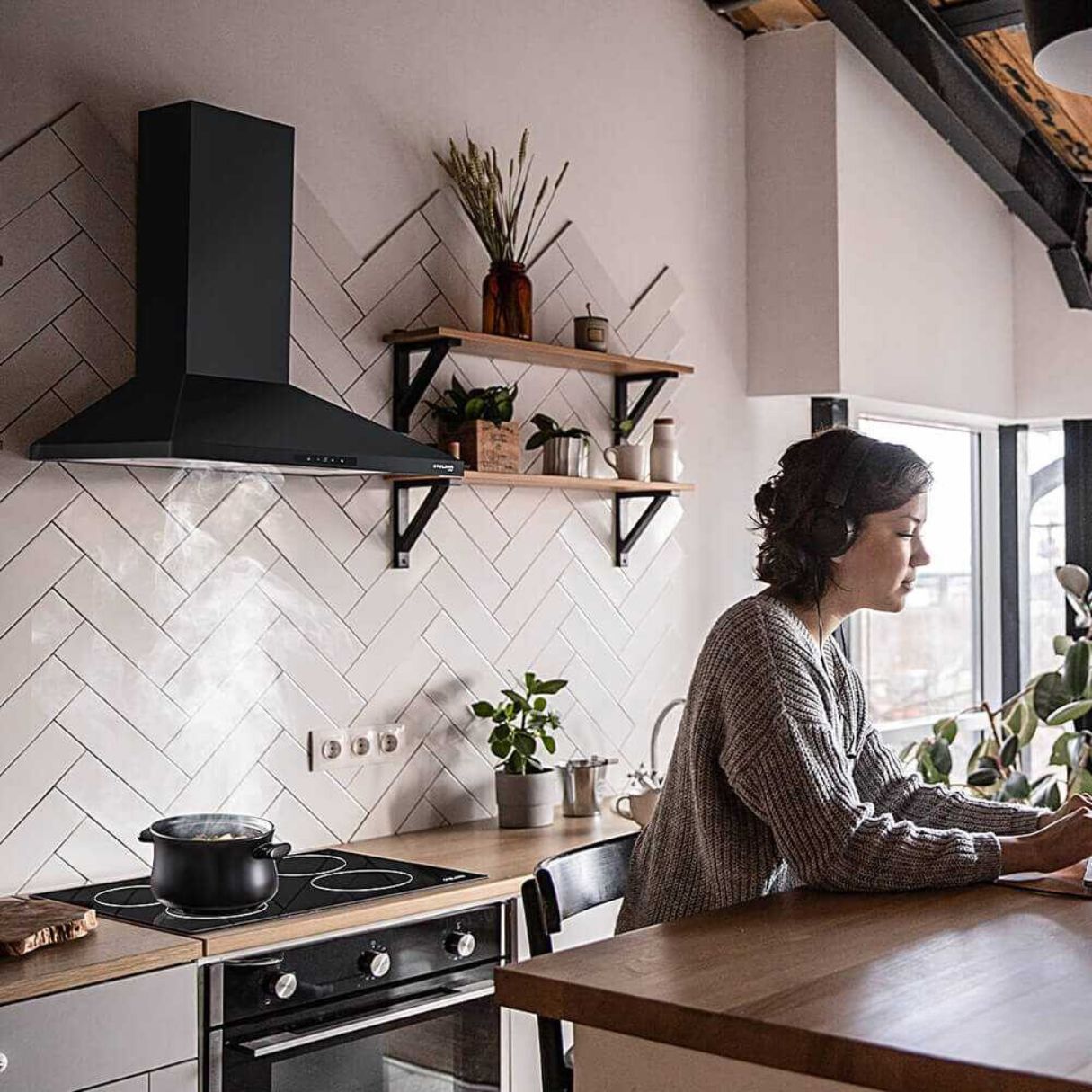
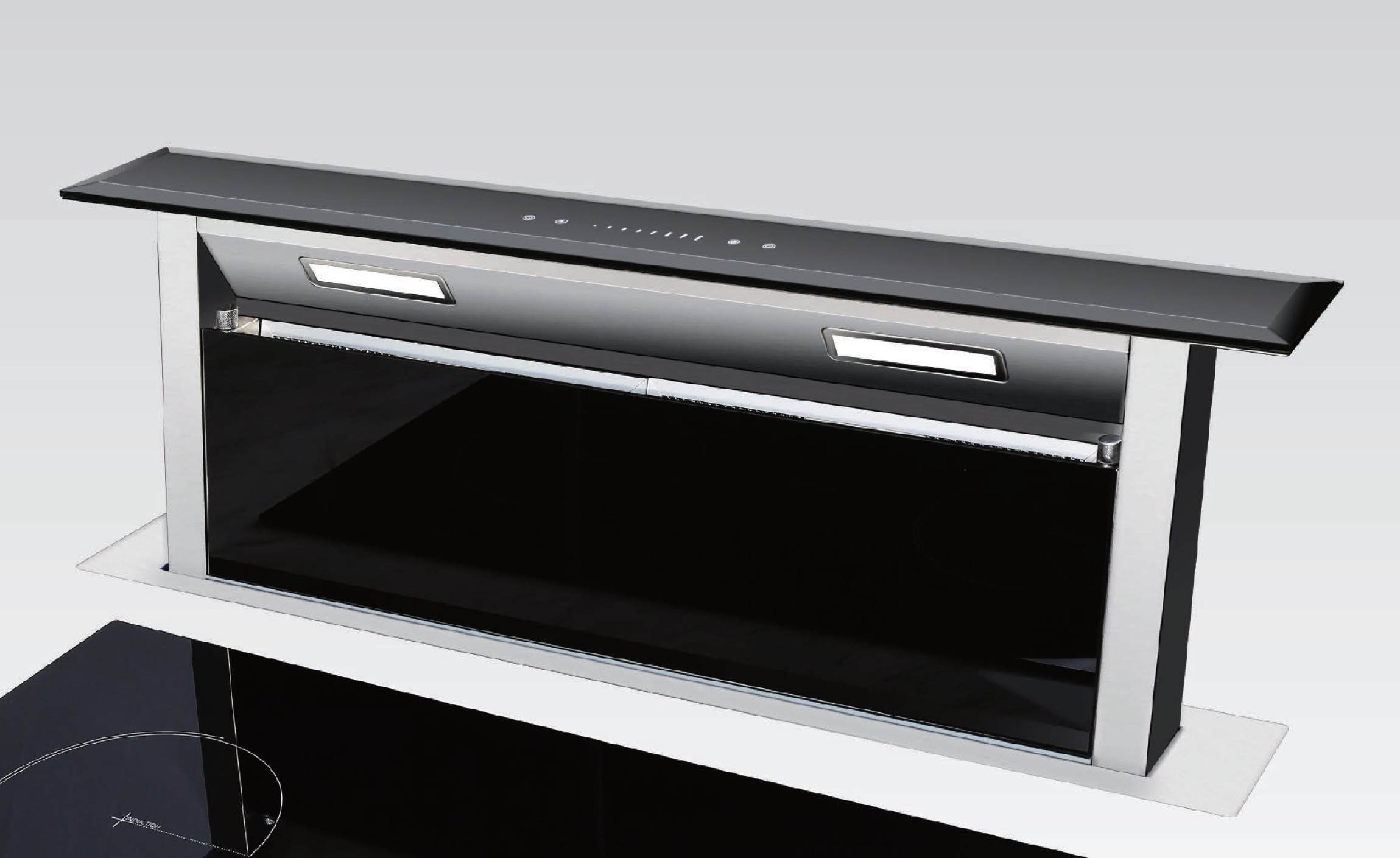

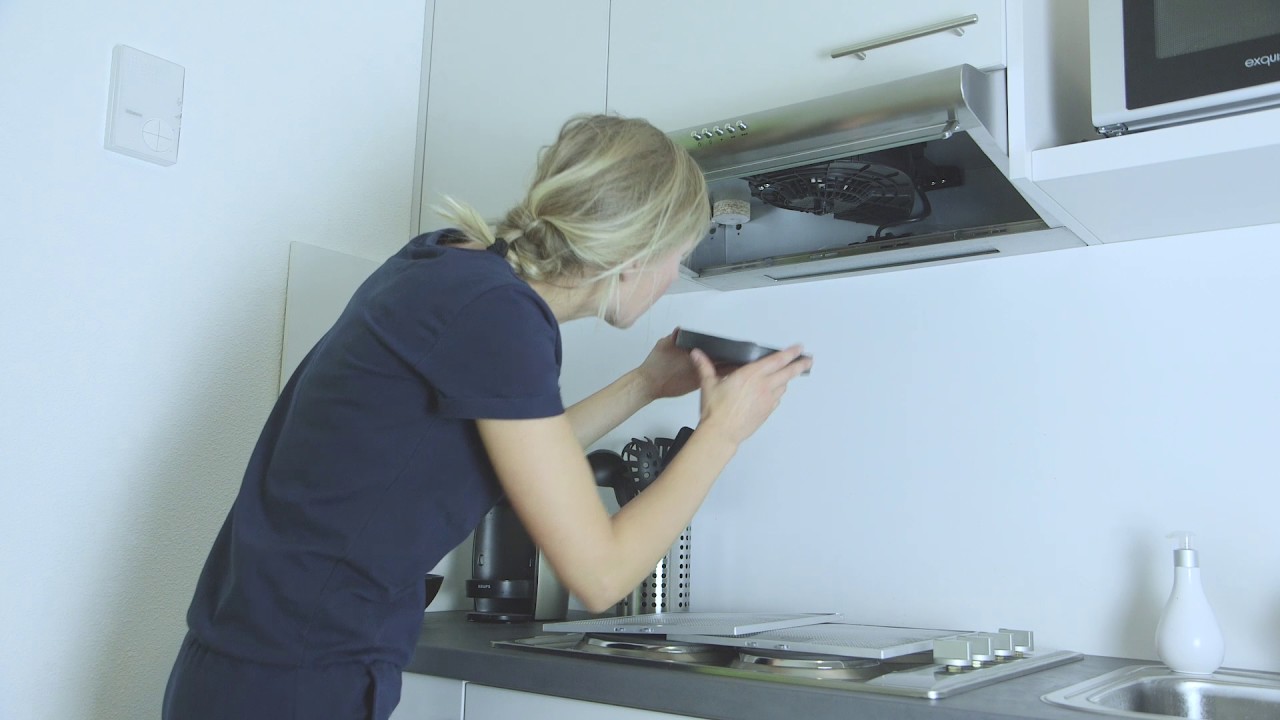
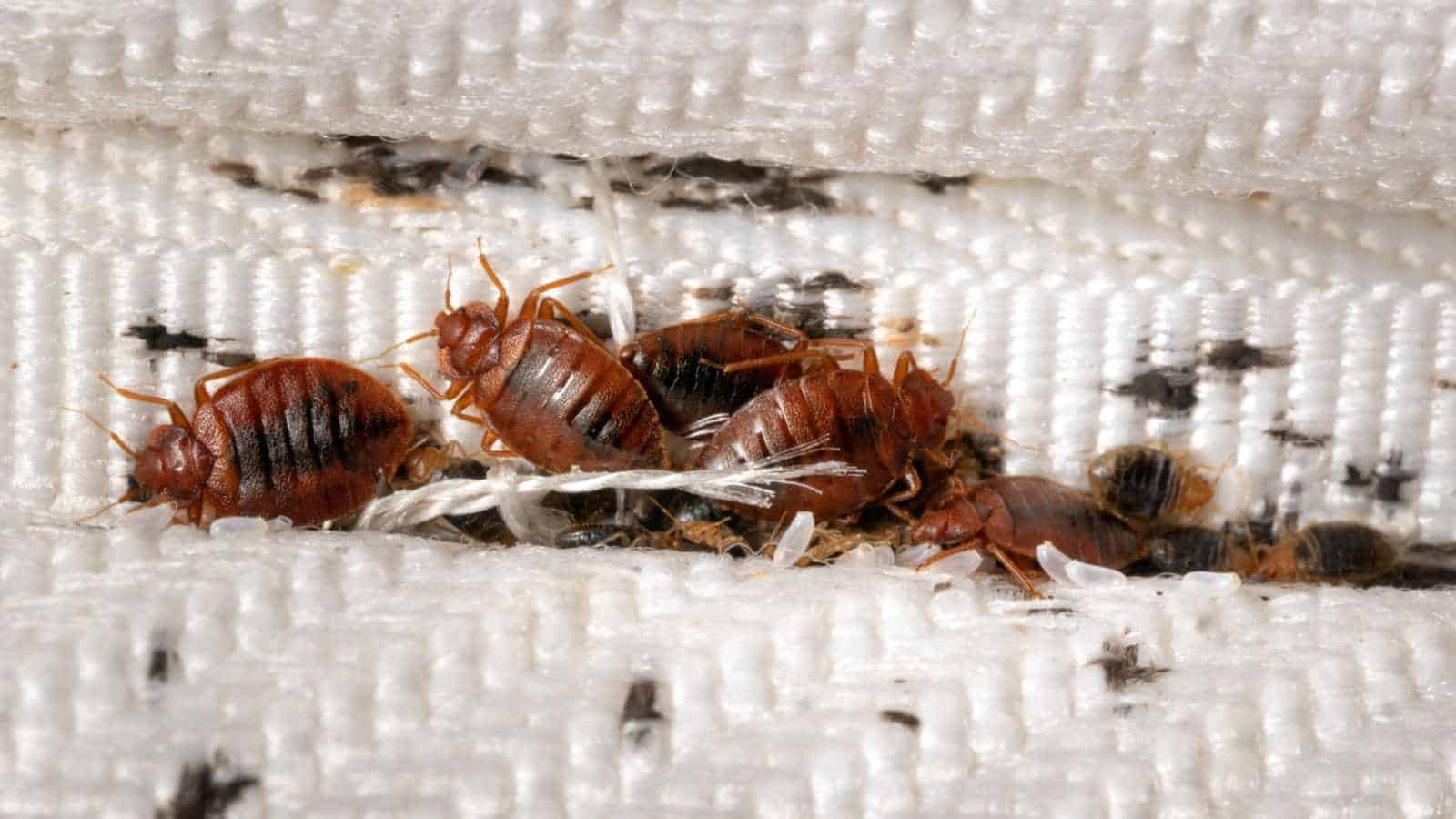
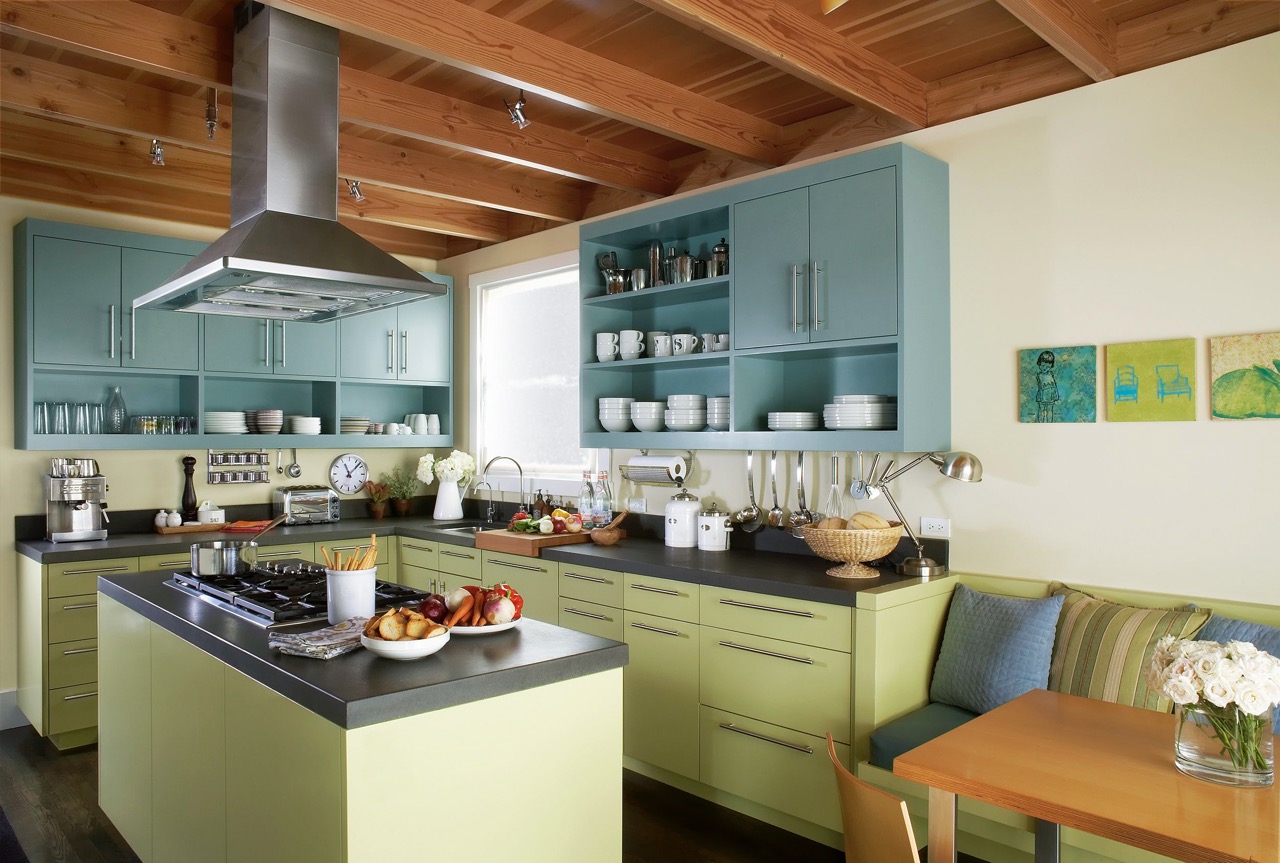
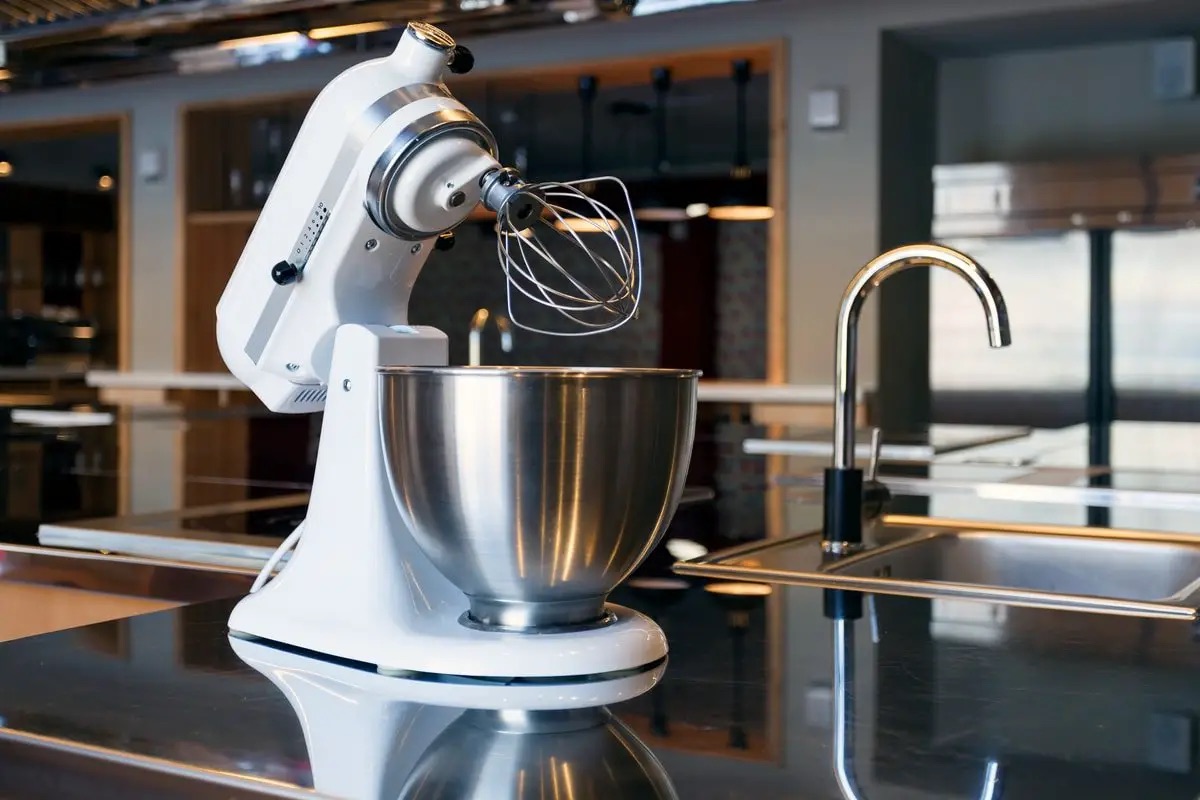
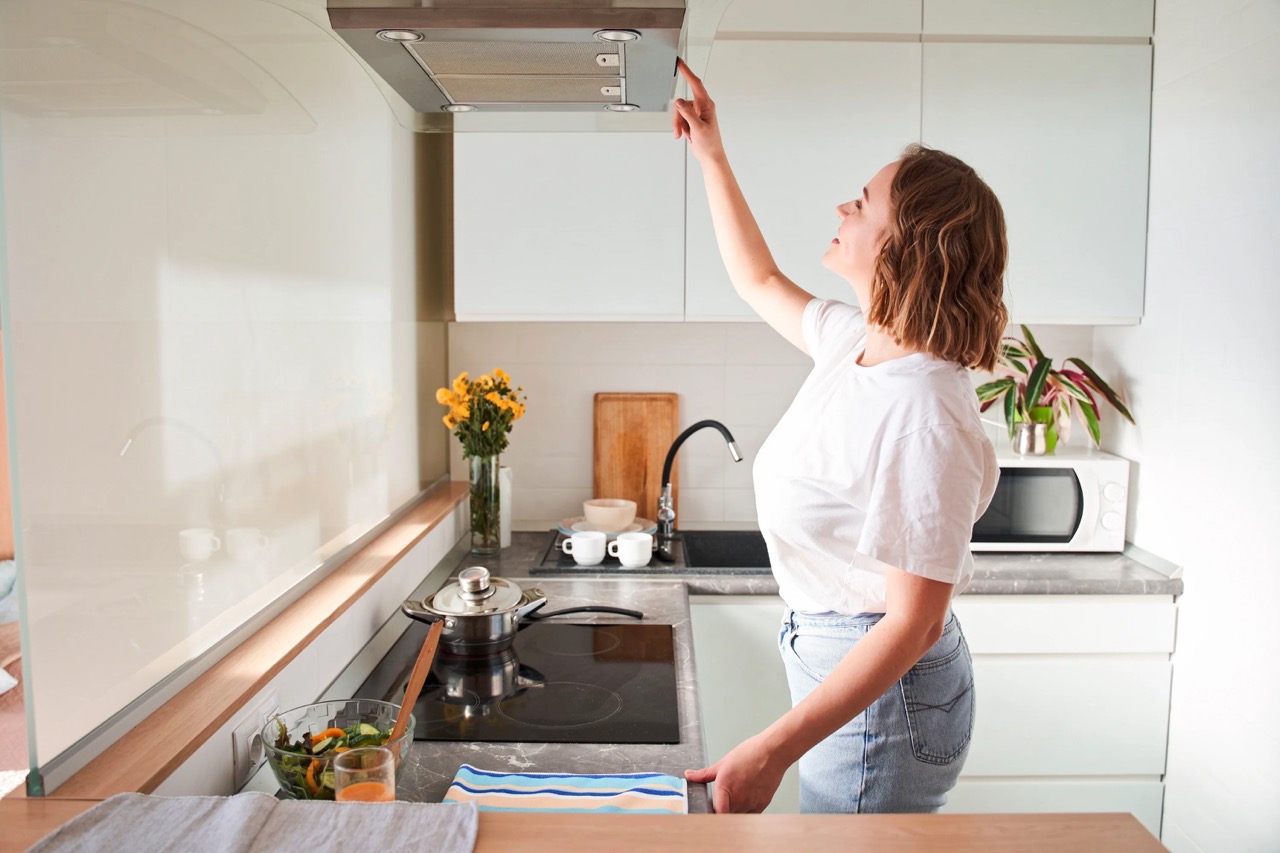
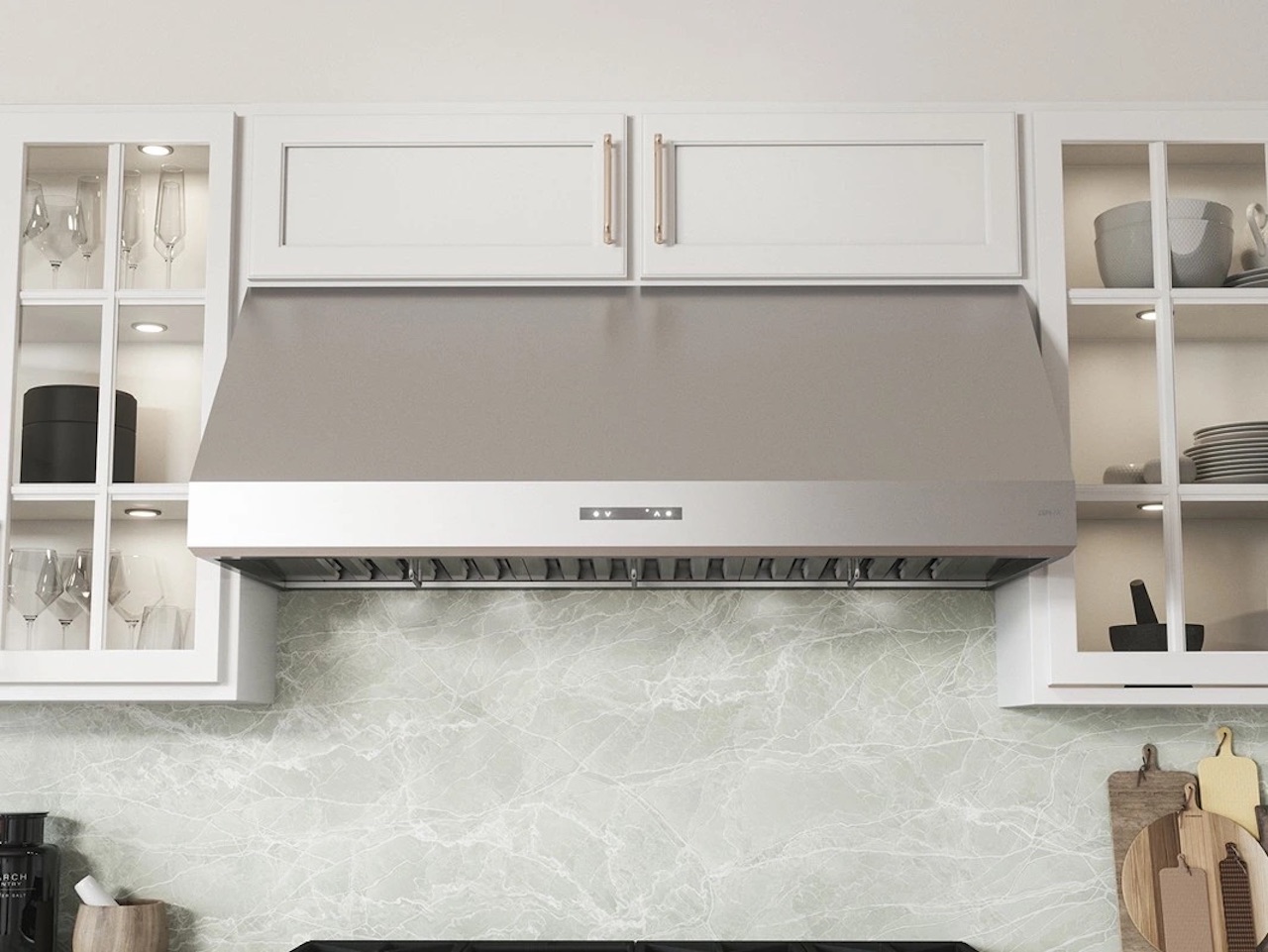
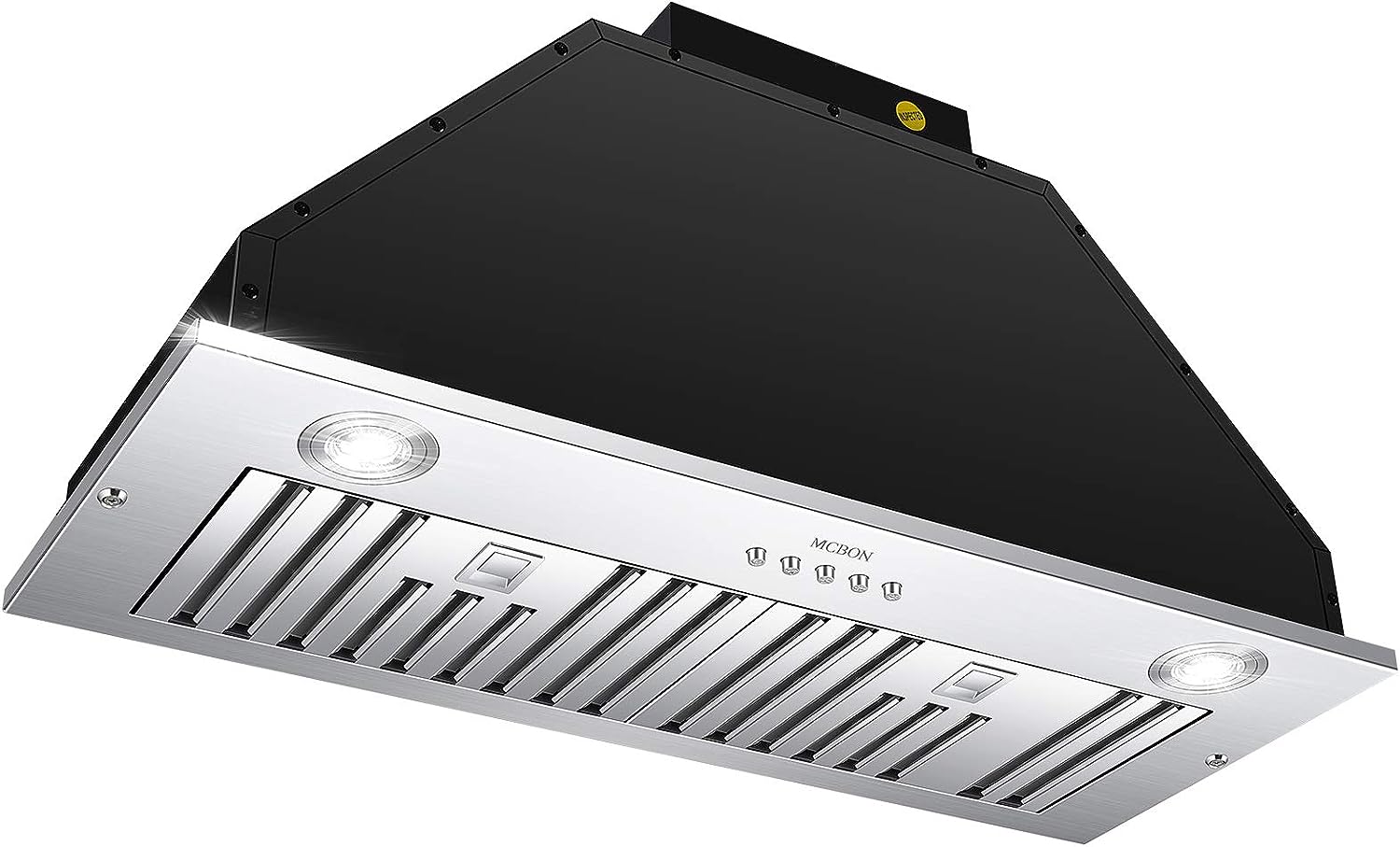
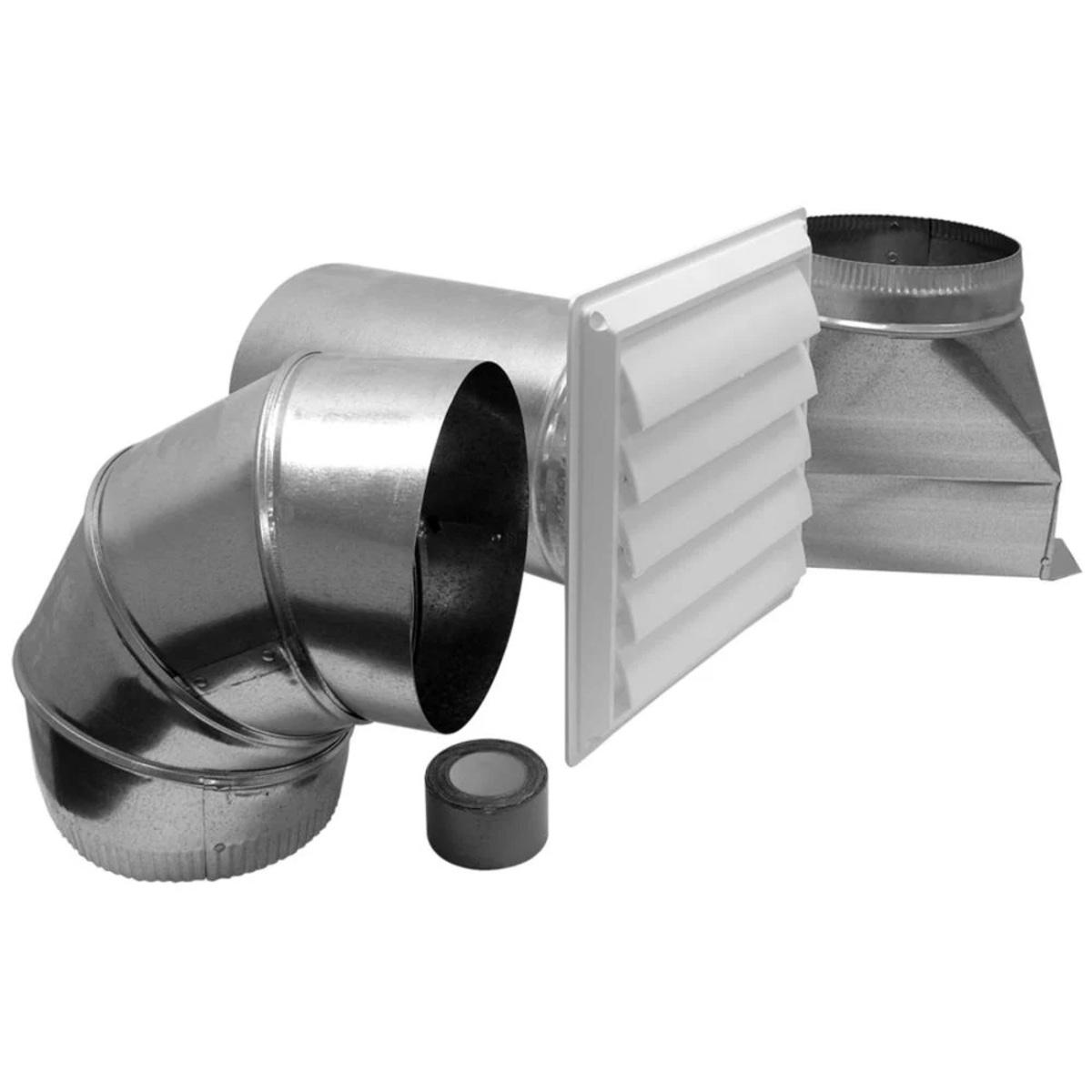
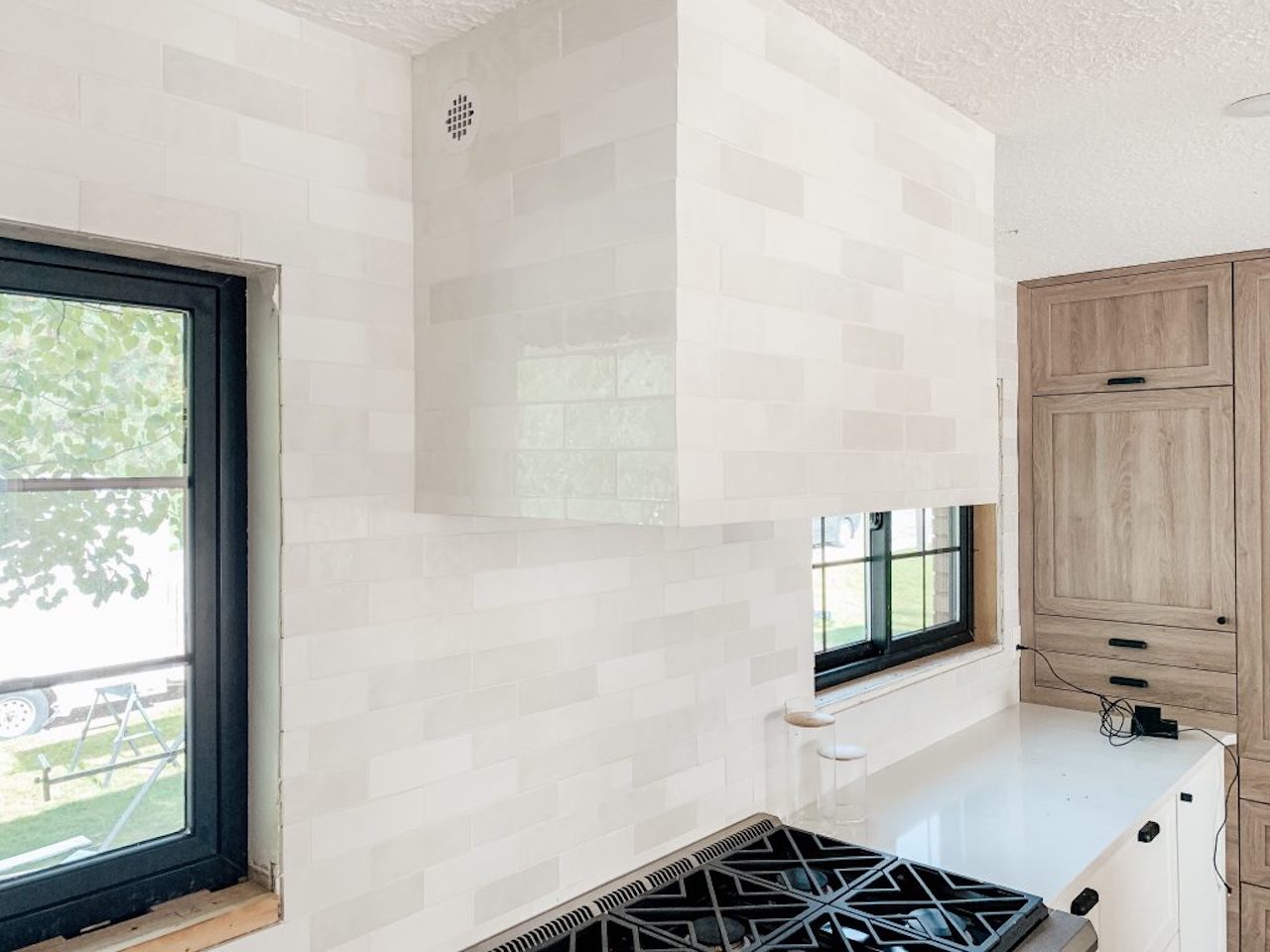

0 thoughts on “What To Do If You Don’t Have A Range Hood”